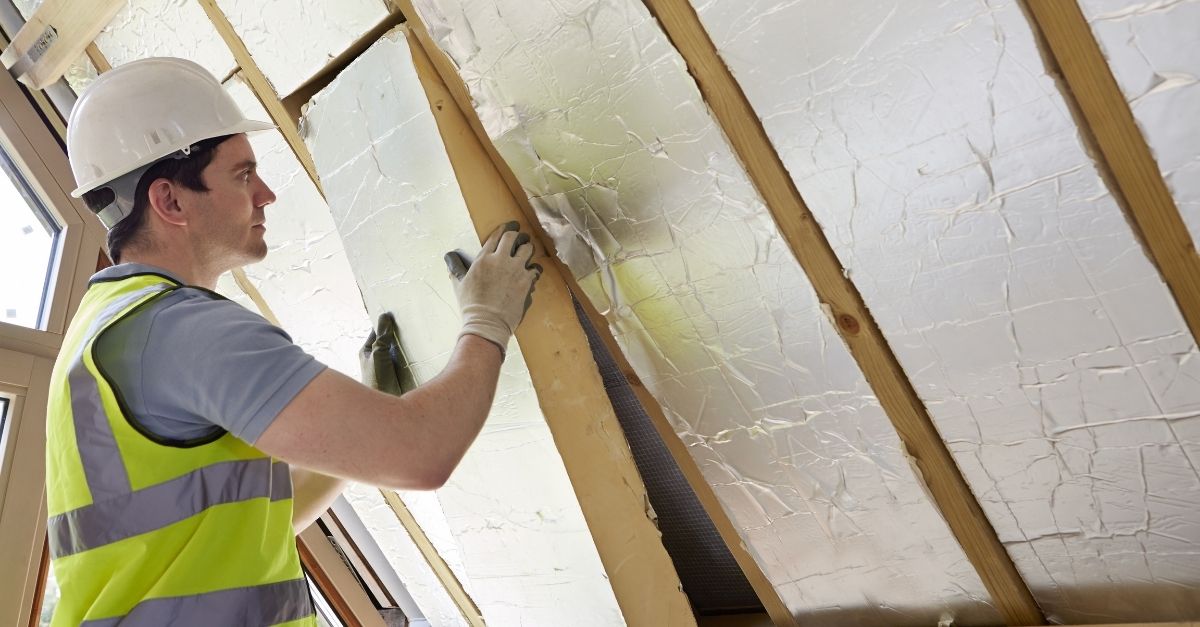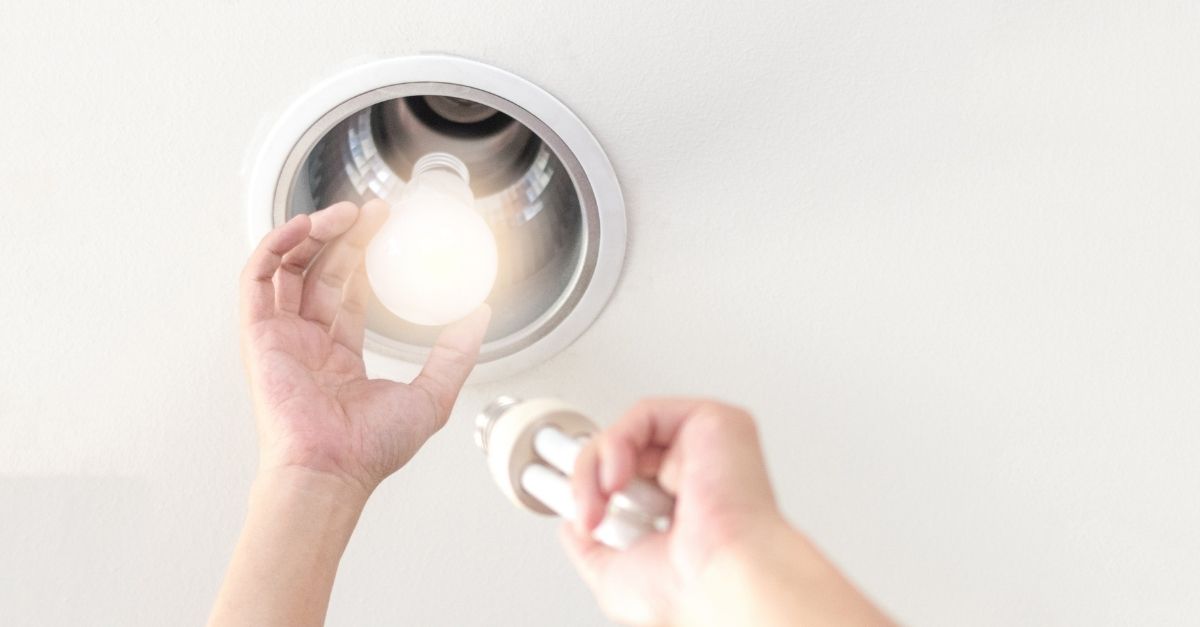Homeowners across the UK are increasingly turning to renewable energy, with solar power being a top choice for meeting their self-consumption needs.
When considering whether to install a solar panel system, many homeowners have one main goal in mind: saving money on their electricity bills by reducing or even eliminating their reliance on the grid.
Before diving into tips that can boost your self-consumption, it's helpful to first understand what self-consumption and grid independence really mean.
What is Self-Consumption in Relation to Solar Panels?
Self-consumption refers to generating your own electricity onsite through a solar panel system and using it directly instead of buying it from an energy supplier.
If you have a 50% self-consumption rate, it means you’re using half of the electricity your solar panels generate. The other half is either sent back to the grid or stored in a battery for later use.
So what happens to the unused portion? It gets exported to the national grid, where you may receive payment through the Smart Export Guarantee (SEG) scheme.
Self-consumption is also known as load-shifting or solar soak — all terms that describe the same idea: producing your own clean, affordable energy instead of relying on traditional suppliers.
What is Grid Independence?
The less energy you draw from the grid, the more independent you become from the National Grid and traditional energy providers.
Most homes in the UK still rely heavily on energy supplied by utility companies. However, installing solar panels can significantly reduce this dependence.
Grid independence measures how much of your energy needs you can meet with your own solar production. The higher your self-consumption, the greater your autonomy over your energy usage.
Solar panels allow you to reduce your reliance on the grid while still having access to it when needed. Understanding this concept helps you make informed decisions about your energy future.
Why is Self-Consumption Important for Solar Panel Owners?
Self-consumption is key because it shows how much you can save on your energy bills and how close you are to becoming fully self-sufficient.
The higher your self-consumption rate, the less you’ll pay for energy from suppliers. Plus, using solar power reduces your carbon footprint and supports a cleaner environment.
It’s a smart financial move to maximize the use of your solar system so you can break even faster — a strategy we’ve discussed in detail in our previous blog posts.
How Can You Increase Your Self-Consumption?
According to research from the University of Oxford, UK households with solar PV systems typically consume around 45% of their generated electricity and reduce grid demand by 24%. With the right adjustments, this can be increased to over 35%.
If you want to get the most out of your solar system and minimize your need for grid electricity, here are some practical steps you can take.
11 Ways to Boost Your Self-Consumption
1. Conduct an Energy Audit
Do you know how much energy you actually use every day? An energy audit can help you track your consumption patterns and identify opportunities for improvement.
Smart meters are a great tool for monitoring your energy use and understanding when your solar panels are producing the most power. This helps align your usage with your generation, maximizing self-consumption.
By identifying peak usage times, you can adjust your habits to better match when your solar system is most productive. If you don’t have a battery, consider shifting high-energy tasks to daylight hours.
2. Improve Home Energy Efficiency
Older homes tend to be less efficient, leading to higher energy costs and more waste. Retrofitting your home can improve efficiency and lower your overall energy use.
Investing in long-term upgrades like insulation, double glazing, and energy-efficient appliances can make a big difference over time. These changes help you use less energy and increase your self-consumption rates.
3. Install Insulation

Heating and cooling account for a large portion of your energy use. Proper insulation keeps your home at a comfortable temperature, reducing the need for excessive heating or air conditioning.
Good insulation means you won’t need to run your HVAC system as often, which lowers your energy bill and increases the percentage of your energy needs that can be met by solar power.
4. Switch to LED Lighting

Lighting is typically used during the evening, when your solar panels aren't generating power. Using energy-efficient LED bulbs can cut down on this usage and reduce your grid dependency.
LEDs use significantly less energy and last longer than traditional bulbs. Not only do they save you money on electricity, but they also reduce the frequency of replacements.
5. Charge Devices During the Day
Charging devices at night might seem convenient, but doing it during the day makes better use of your solar energy. This can lead to significant savings over time.
Whether it's your phone, laptop, or electric car, charging during daylight hours ensures you're using the energy you've generated rather than drawing from the grid.
6. Avoid Standby Power Use
Many devices continue to consume electricity even when not in use, especially in standby mode. This unnecessary energy use adds up over time.
Turn off electronics, TVs, and other devices when you're not using them. Even small actions like this can result in noticeable savings on your energy bill.
According to the Energy Saving Trust, the average UK household spends between £50 and £861 per year on standby power alone. That's a lot of wasted energy.
7. Use Solar Power for Outdoor Activities
If you enjoy gardening or outdoor activities, you can use solar power to run your tools and equipment. Solar-powered hedge trimmers, lawnmowers, and other devices are great options.
Using solar energy during the day to power your garden tools helps you make the most of your solar system and reduces your grid usage during the night.
Consider running pool heaters or sauna systems during the day to avoid using grid power in the evenings.
8. Enhance Your Building Envelope
Your building envelope includes everything that separates the inside of your home from the outside — walls, windows, doors, and the roof.
A well-sealed building envelope prevents heat loss in winter and keeps your home cooler in summer. This leads to lower energy use and improved comfort.
Fixing gaps around windows and doors, sealing vents, and improving insulation can dramatically reduce your energy consumption, especially in older homes.
9. Install a Solar Battery Storage System
A solar battery allows you to store excess energy produced by your solar panels for use later. This gives you more control over your energy use and reduces your reliance on the grid.
With a battery, you can use solar power at night or during cloudy days. Many homeowners find this feature extremely valuable, especially if they want to maximize their self-consumption.
10. Use a Home Energy Management System (HEMS)
A HEMS helps you monitor and manage your energy use throughout the day. It can automatically schedule appliance use to align with your solar generation, increasing your self-consumption.
Some systems even integrate with smart home technology, allowing you to control lights, thermostats, and other devices from your phone. This level of control makes managing your energy use much easier.
11. Consider an Electric Vehicle
Switching to an electric vehicle (EV) is a big decision, but it’s a smart move for both the environment and your wallet. EVs are becoming more popular, and the government has set targets to phase out petrol and diesel cars in the coming years.
With the right setup, you can charge your EV using your solar panels. This not only cuts down on fuel costs but also helps you reduce your carbon footprint.
While you may never be 100% self-sufficient, taking these steps will bring you closer to a greener, more sustainable lifestyle.
Every small change adds up, and with consistent effort, you can move toward a more energy-efficient and self-reliant future.
CNC Plane-Profiled Sanding Machine
CNC Plane-Profiled Sanding Machine,Intelligent Furniture Profiled Sanding,Plywood Profile Sander Machine,Wood Sanding Machine,Planer Sanding Machine,Industrial Wood Sanding Machine
Foshan Sandwell Machinery Co.,ltd , https://www.sandwellsand.com